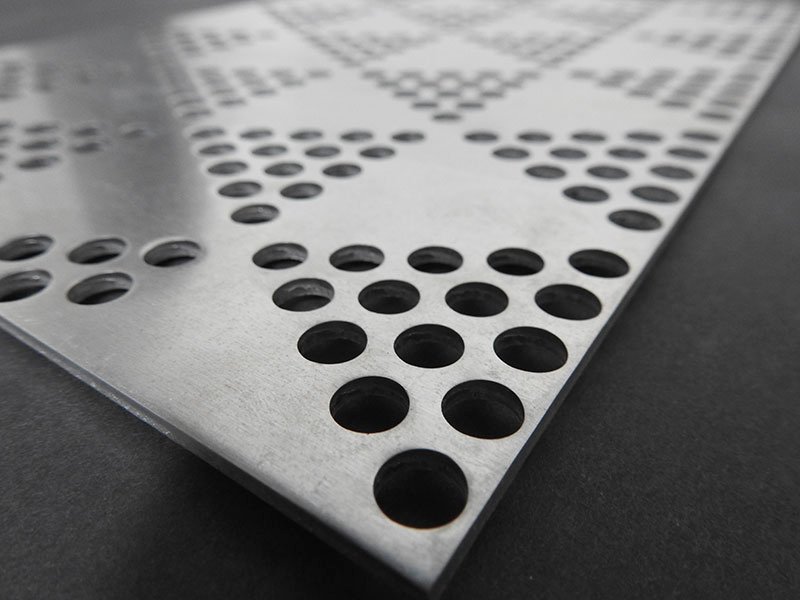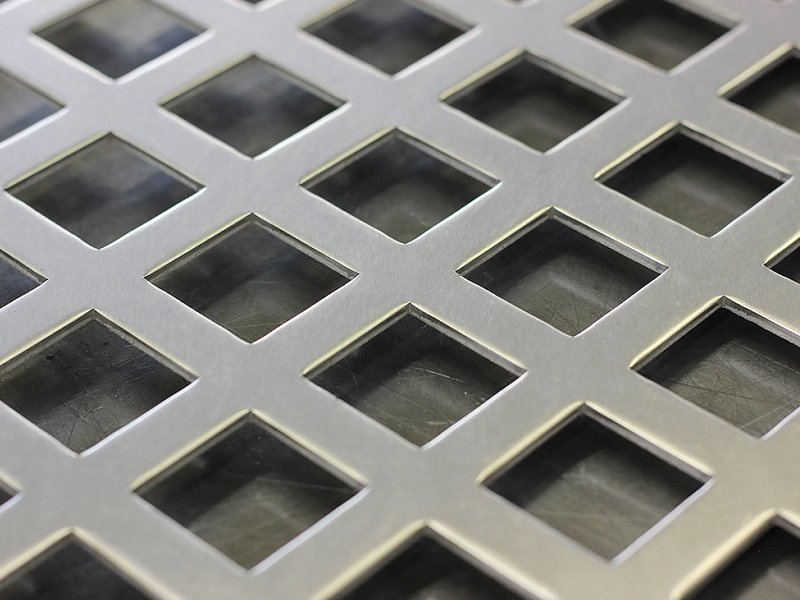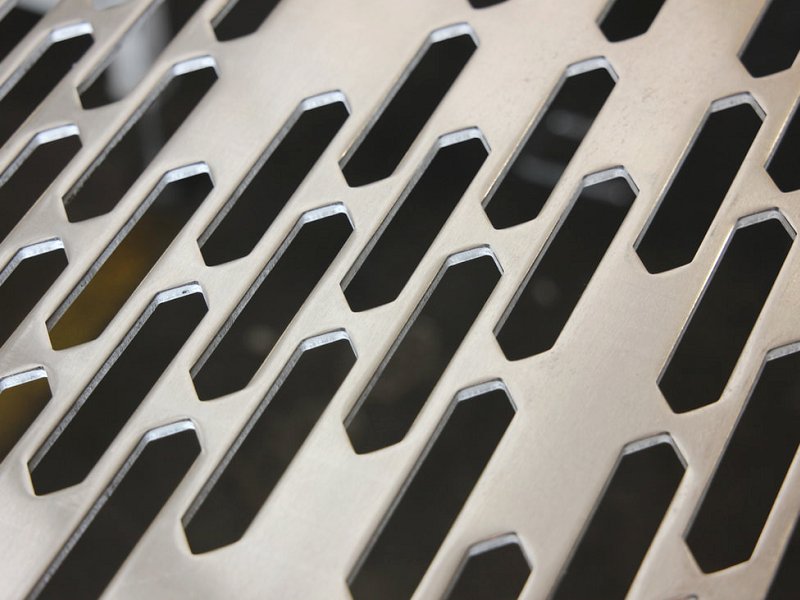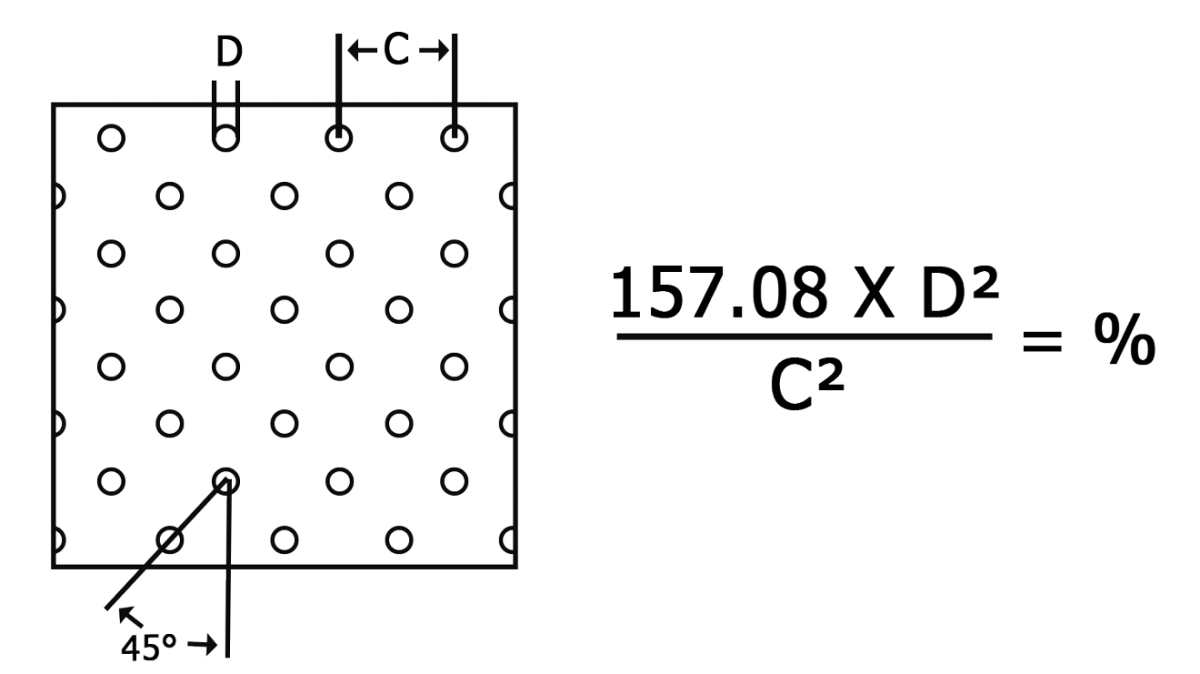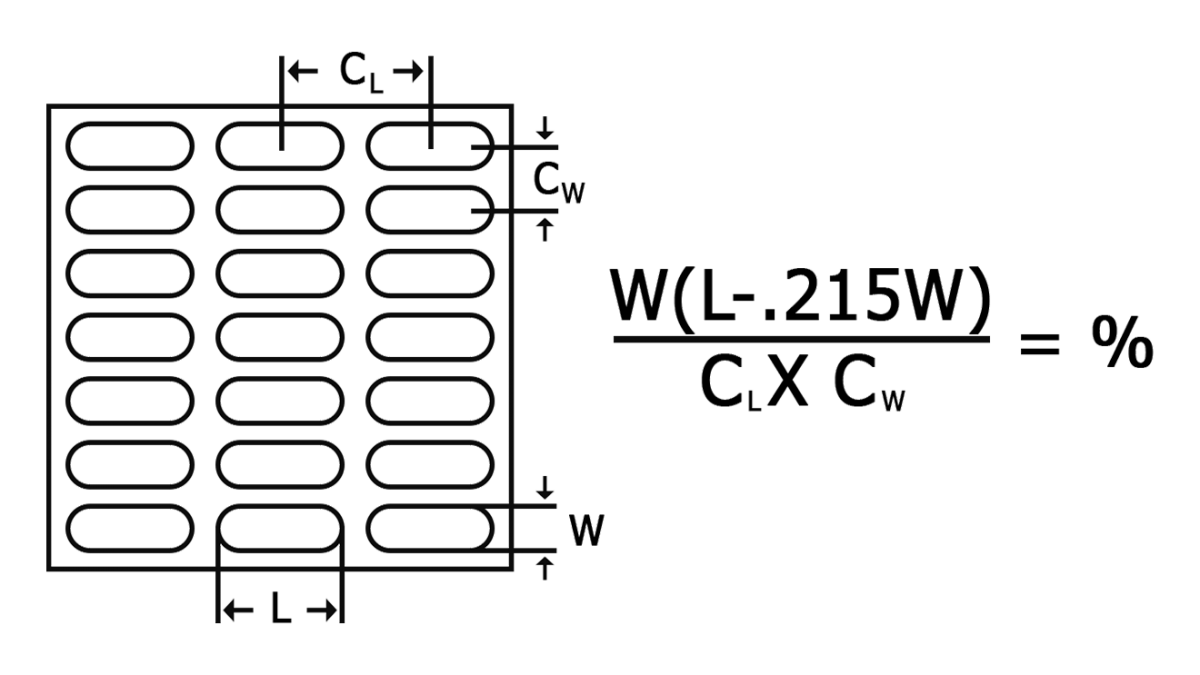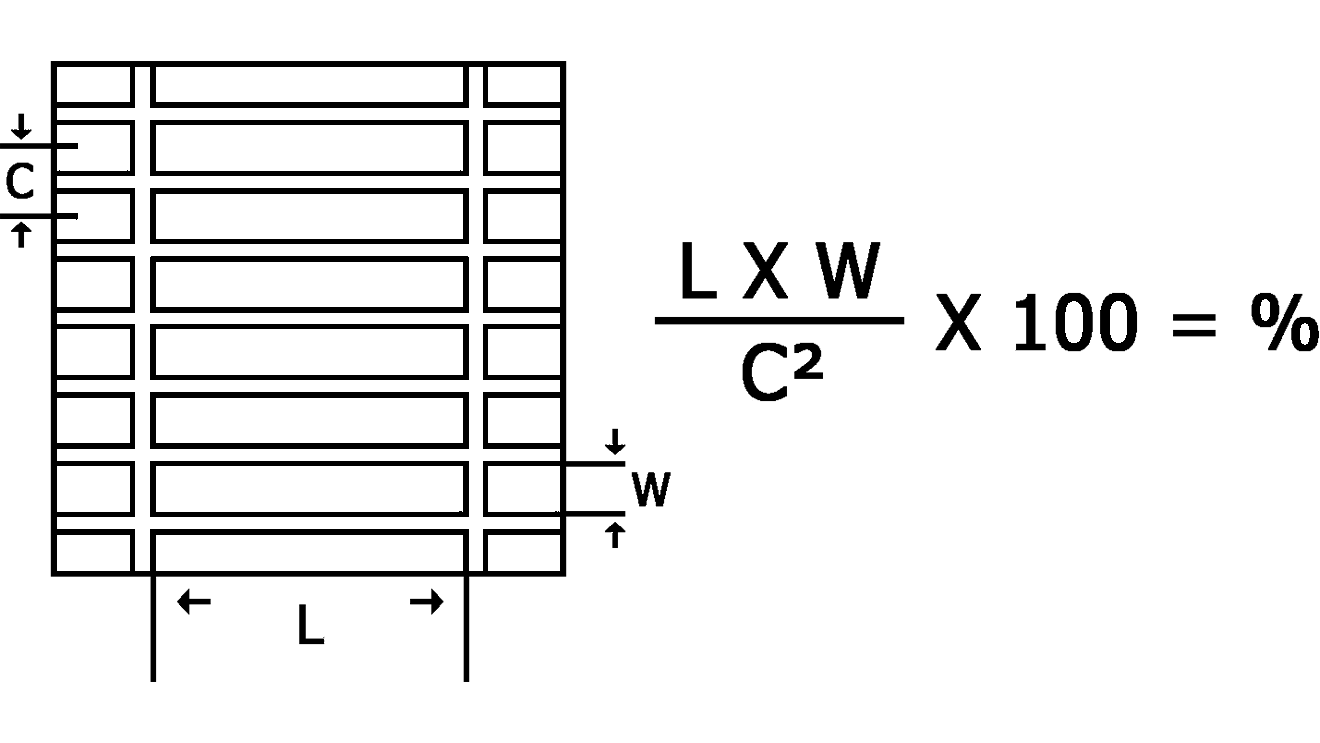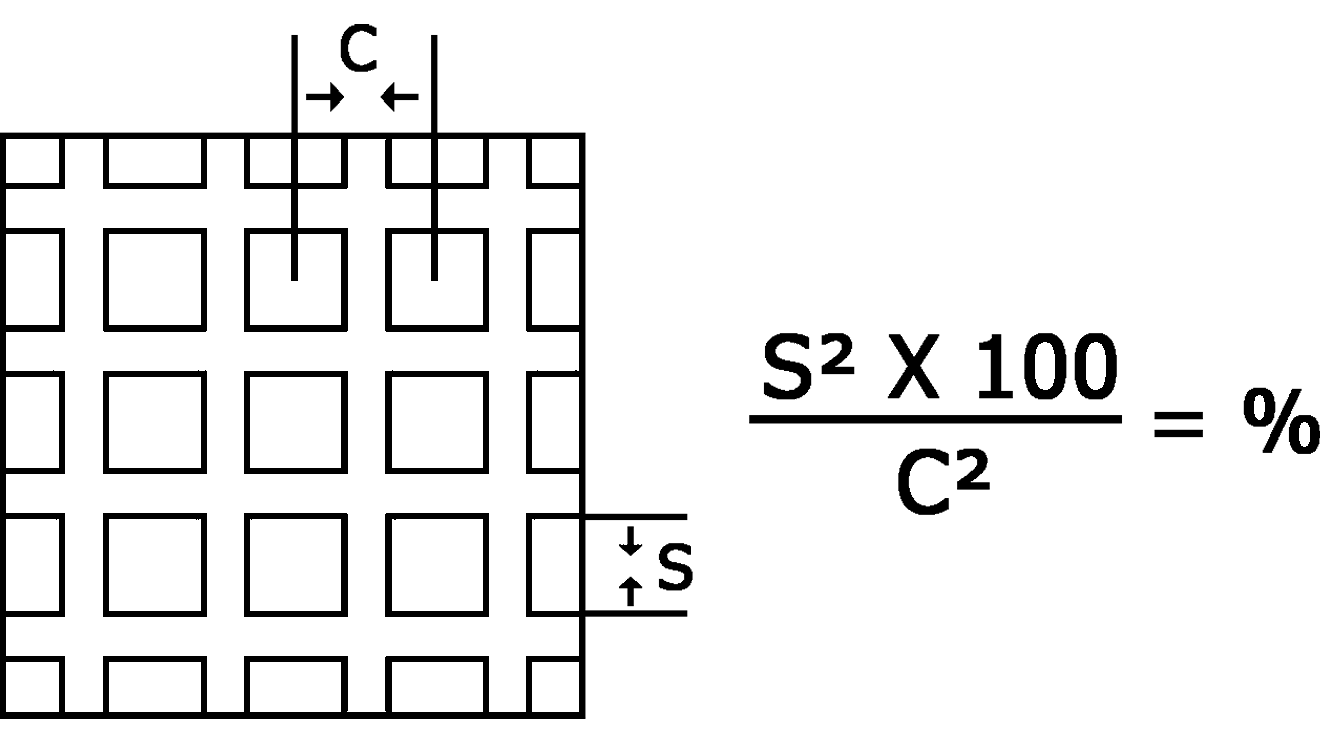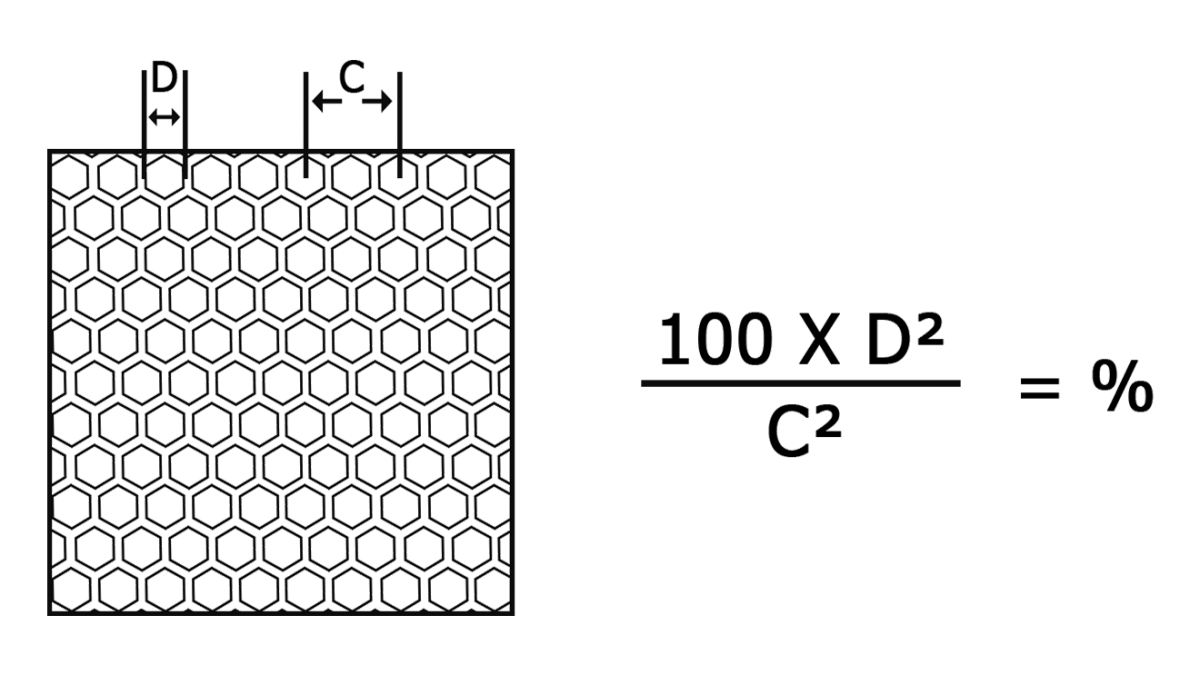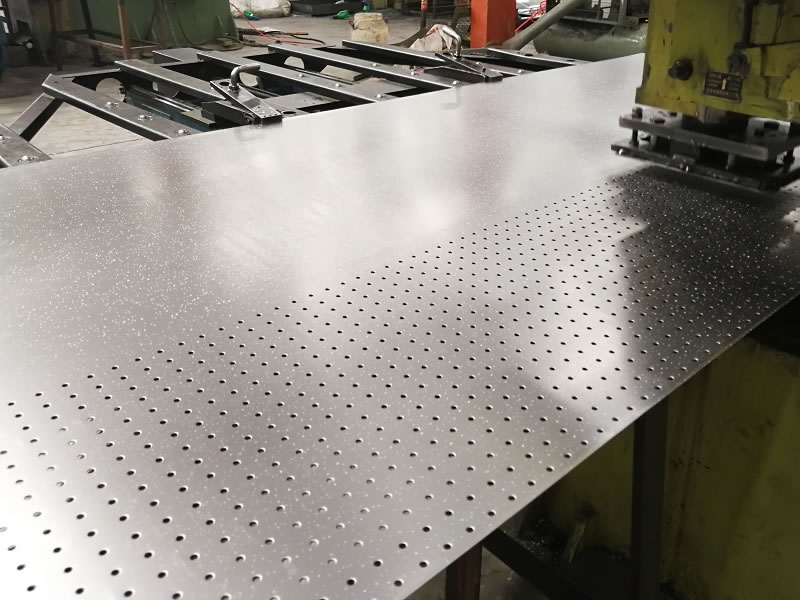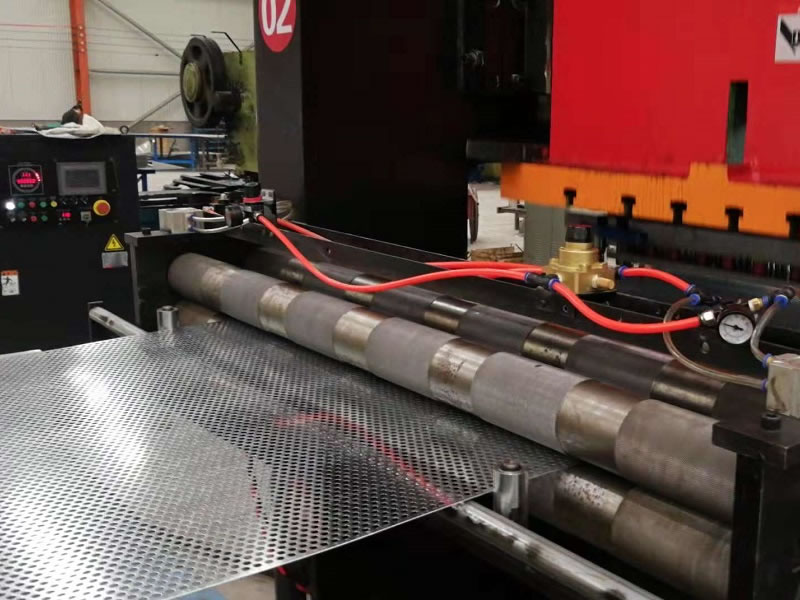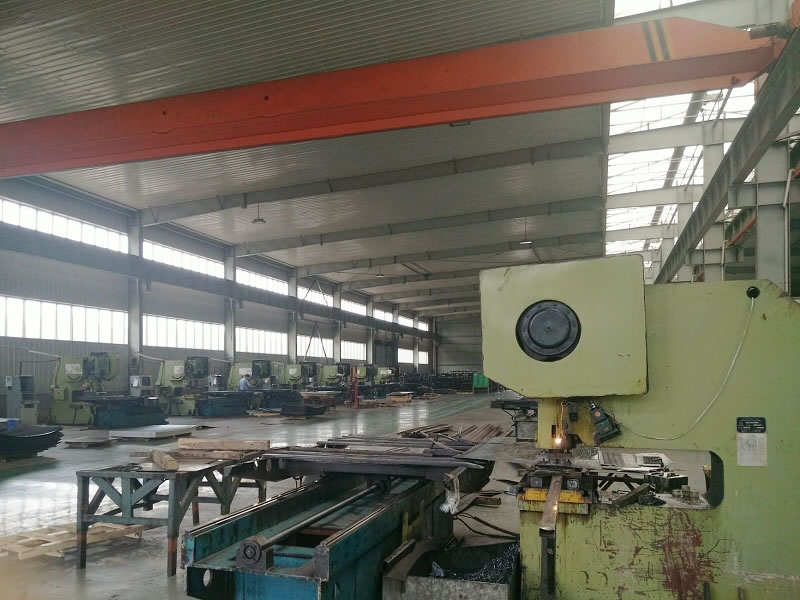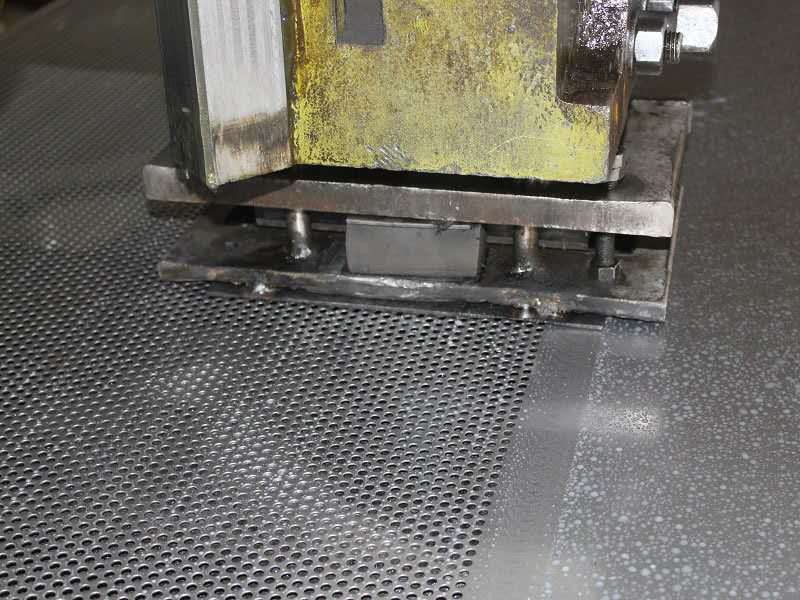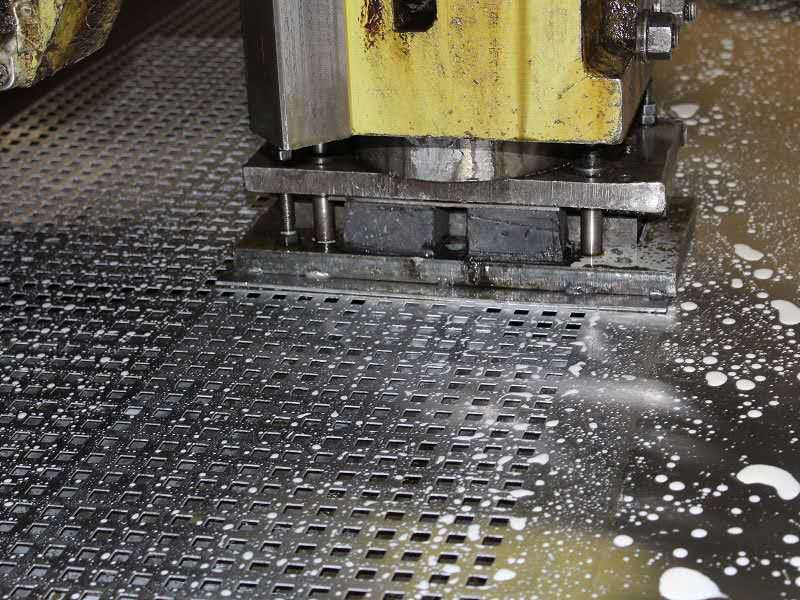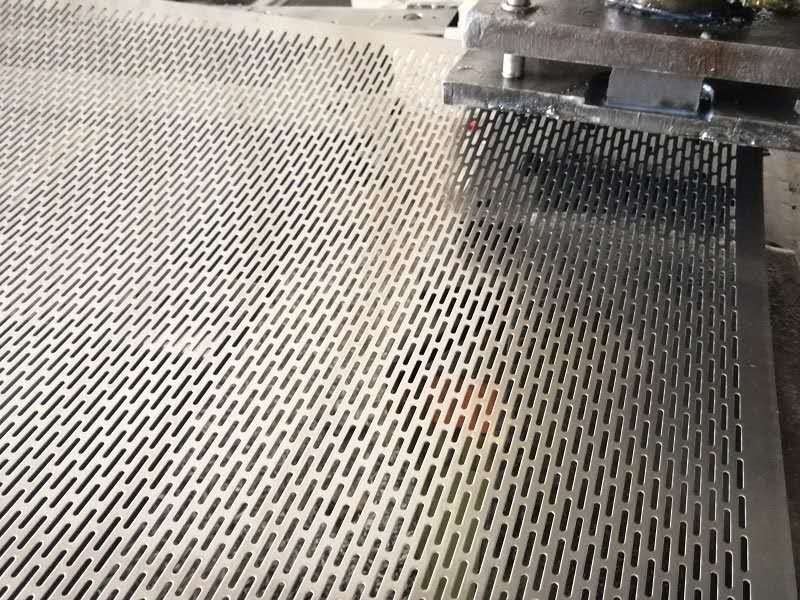Material: 304, 304L, 309, 310, 316, 316L, 321, 347, 410, 430 etc. Other standards materials are alsoavailable as your requirements.
Holeshape: round, square & rectangular, slot, hexagon, oblong, diamond andother decorative shapes.
Different Grades of StainlessSteel
Stainless steel grades are iron alloysthat contain more than 10.5% ofchromium. Other alloys are added to stainlesssteel to amplify its properties.The grading is based on the metallurgicalstructure and nature of stainlesssteel. The grades of stainless steel arecategorized into different families onthe basis of the properties that theydisplay.
Austenitic Stainless Steel – Series100-300
The family of austenitic stainless steelare the alloys that contain 16%chromium and 6% nickel. Other elements such ascopper, titanium or molybdenumcan be added to amplify its properties. Thecombination of all these elementsmake it suitable for use in the work involvinghigh corrosion resistance andhigh temperature resistance. It is alsoeffectively resistant to atmosphericcorrosion and corrosion by organic,oxidizing and mineral acids. It displaysproperties like high ductility,cryogenic toughness and weldability. This makesit possible to fabricateaustenitic stainless steel by punching, spinning,welding, frilling, bending,etc. It is also non-magnetic. The important austeniticgrades are the 200 series(chrome-manganese series) and the 300 series(chrome-nickel series). The 300series is the largest manufactured stainlesssteel type in the world. Austeniticstainless steel is mainly used in themanufacture of cutlery, kitchen appliancesand consumer durables and also forthe construction purposes.
Ferritic Stainless Steel
The family of ferritic stainless steelalloys has chromium content ofmore than 10.5% and a low carbon content. Theyare plain chromium grades,display magnetic properties and cannot be hardened.They are not suitable forfabrication and are moderately resistant to corrosion.They can be polished andare used for the manufacture of automotive exhausts andsometimes for weldingapplications.
Duplex Stainless Steel – 2304 and 2205
The family of duplex stainless steelalloys possesses a high chromiumcontent of 18% to 28% and a moderate nickelcontent of 1% to 8%. They are acombination of austenitic and ferritic stainlesssteel alloy structures andthey may also contain molybdenum, copper, manganeseor tungsten. They displayhigh yield strength and resistance to stresscorrosion, cracking and ionattack. The are used in the paper and pulp,petrochemical and marineapplication industries and in the desalination plants.
Martensitic Stainless Steel– Series 400
The family of martensitic stainlesssteel are alloys having 11.5% to18%chromium and high carbon content of 0.1% to2%. It can be easily hardened bysubjecting it to heat, and is highly resistantto abrasion, but it displaysless resistance to corrosion compared to otheralloys of stainless steel. Itdisplays magnetic properties and is used in themanufacture of surgicalinstruments, valves, knife blades, etc.
Please contact us todayto learn moreabout how we can provide a high quality stainless steel solutionfor yourspecific needs.

